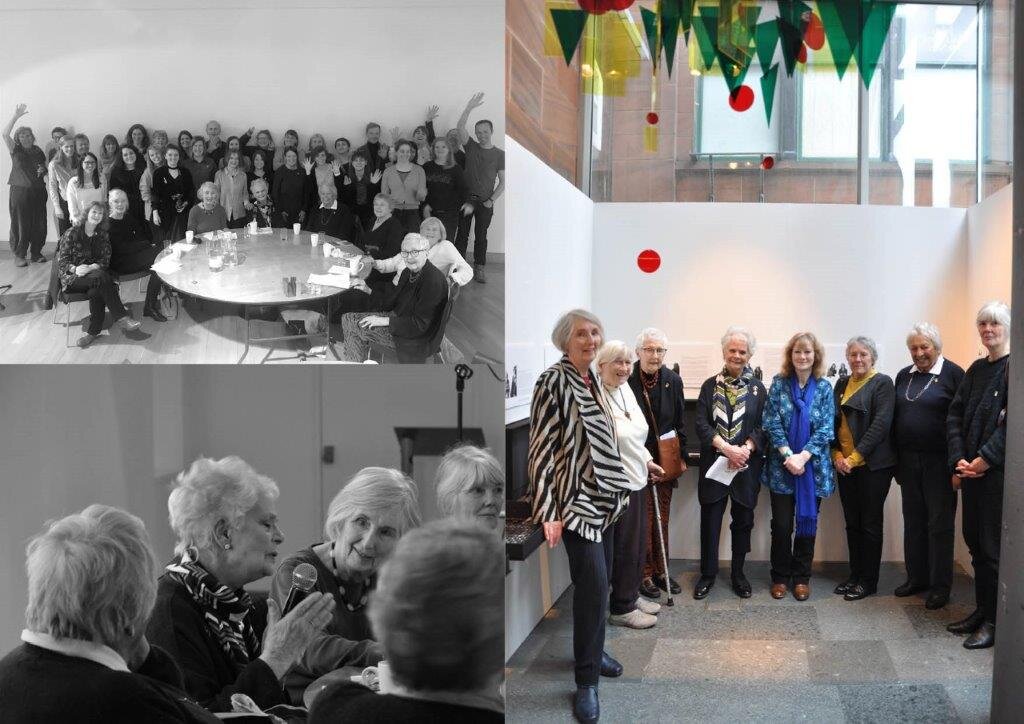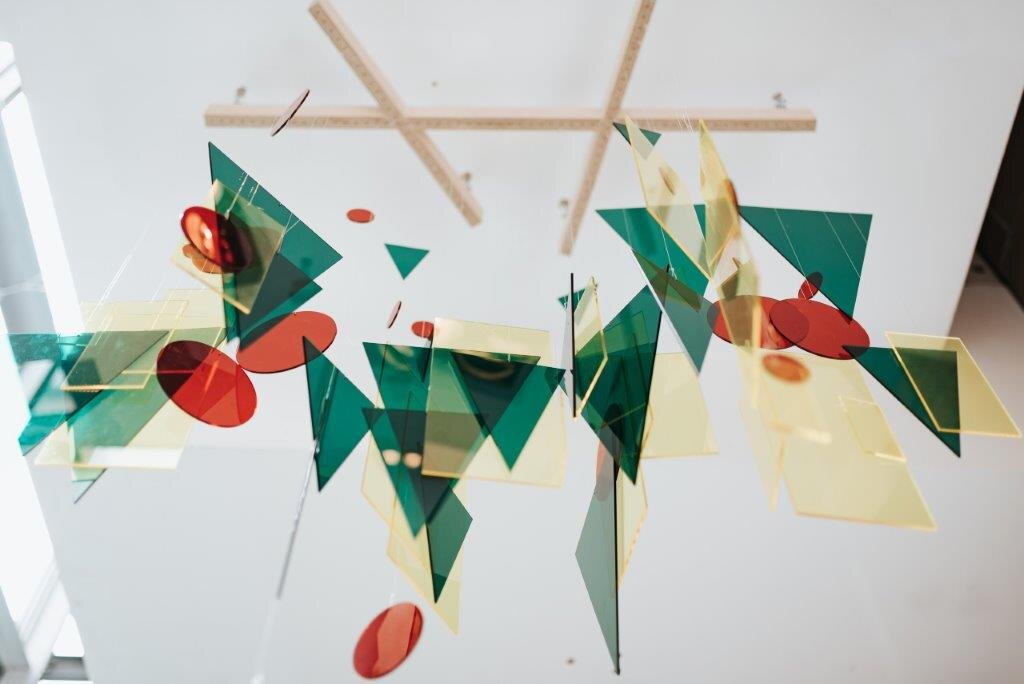Mementos of (a) Working Life
Mementoes of (a) Working life was an exhibition and event by Voices of Experience situated within the Lighthouse Design and Architecture Centre in Glasgow from June-August 2019, as part of the Architecture Fringe Core Programme.
This modest exhibition focused around a series of artefacts - or mementos - selected by eight participants from the on-going Voices of Experience (VoE) project.
Voices of Experience seeks to shine a light on women's work and ongoing influence on the making of architecture and the built environment. It is the beginning of an on-going oral archive and investigation into women’s contributions in Scotland since the mid-20th Century. The wider project constructs a series of recorded, on-site conversations between a highly experienced architect or maker of the built environment, with an architect or other professional at the outset of their career.
This exhibition shared insights and reflections from a selection of experienced women who had previously taken part in the Voices of Experience project. They were invited to share mementoes from their working life - and the associated (unheard) stories behind them.
The mementos were presented in a series of opened, uniform, archive boxes arranged as simple display cases within the compact, brightly lit exhibition space, or ‘nook’. These sat behind two introductory fabric banners framing entry to the space. The archive boxes were centred around a colourful, hanging mobile constructed from geometric elements found within the Voices of Experience logo.
The mementoes ranged from reports, newspaper clippings, drawing tools, souvenirs, and small sections of building material collected along the way. These were accompanied by text – to provide an understanding of context and significance. A series of sound clips from their conversations were played for the duration of the exhibition, providing a public platform for their unheard stories whilst also connecting the women, their artefacts and a selection of their conversational themes.
The VoE team hosted an afternoon tea – adjacent to the exhibition – that brought the women together in conversation to discuss their mementoes and provided a forum that encouraged conversation, sharing of perspectives and invited contributions from those attending.
An accompanying, introductory essay to the exhibition, written by Dr Elizabeth Darling of Oxford Brookes University (distributed within the exhibition space) stated:
‘Not seeing will no longer be an option…the young woman architect will have no doubt that she stands on the shoulders of many giants, is following a path already trodden, and in which she can make further inroads.’




